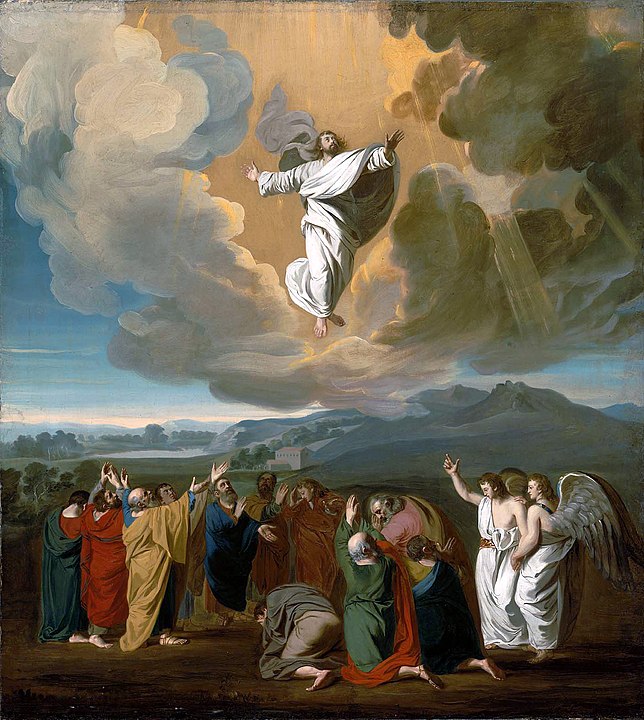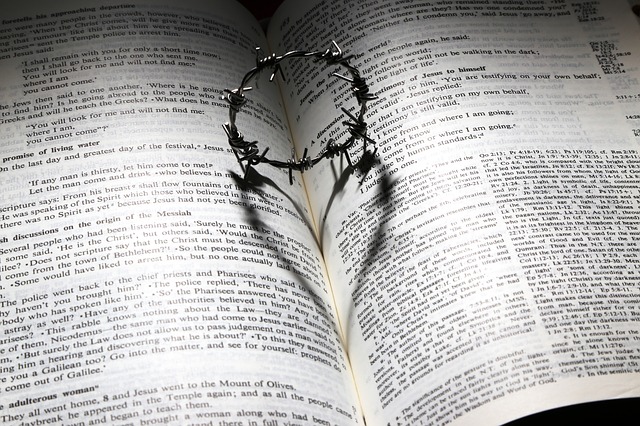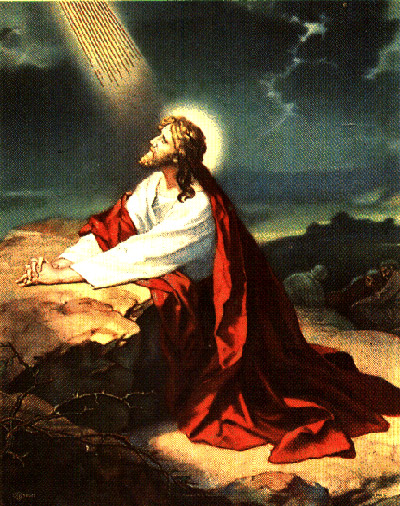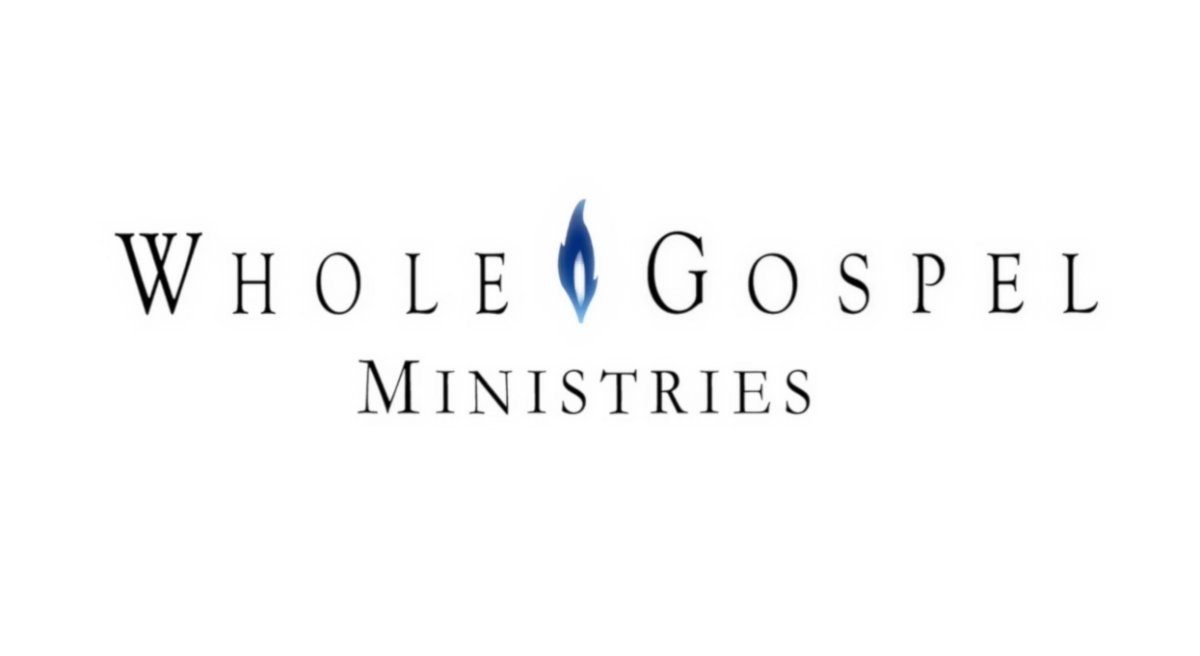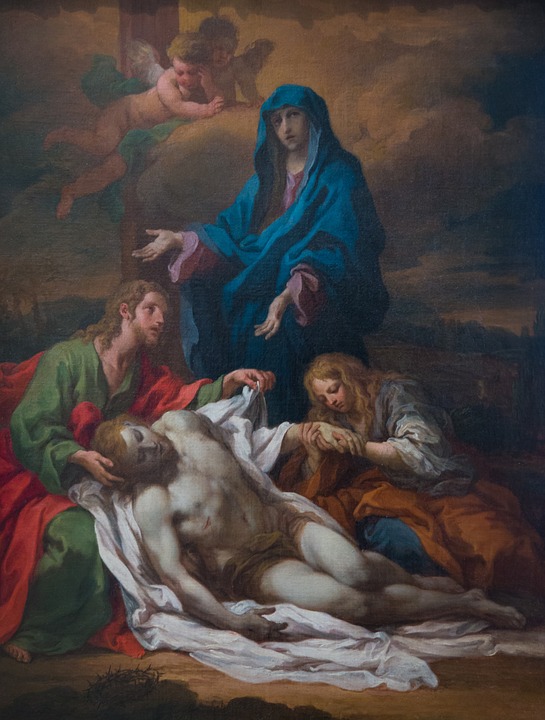Friday Morning Manna
August 23, 2019
Nathaniel Fajardo
email: [email protected]
Which Gospel of the Incarnated Christ Are You Clinging To?
There are certain gospel truths exclusive to the second Adam (Rom. 5: 14; 1 Cor. 15: 45-47), that are expressed as “first and last” and “once and for all.” Note the following:
“The Alpha and Omega” (Rev. 21: 6); “Author and Finisher of our faith” (Heb. 12: 2).
“Beginning and end” (Rev. 21: 6); “Bread and Bread of life” (John 6: 41, 35); “Bridegroom” (John 3: 29); “Bright andMorning Star” (Rev. 22: 16); “Brightness of the Father’s glory” (Heb. 1: 3).
“Captain of our salvation” (Heb. 2: 10); Chief Cornerstone (Ps. 118: 22; Mark 12: 10; Rom. 9: 32, 33; 2 Pet. 2: 4); “Chief Shepherd” (1 Pet. 5: 4).
“Dayspring” (Luke 1: 78); “Day Star” (2 Pet. 1: 19); “Desire of all nations” (Haggai 2: 7); “Door and “Door of the sheep” (John 10: 2, 1).
“Emmanuel” (Matt. 1: 23); “Express image of the person of the Father” (Heb. 1: 3).
“First and the last” (Rev. 22:13); “First-begotten” (Heb. 1: 6); “First-born from the dead” (Col. 1: 18); “First-born of the dead” (Rev. 1: 5); “First-born of every creature” (Col. 1: 15); “First-born among many brethren” (Rom. 8: 29); “First fruits of them that slept” (1 Cor. 15: 23).
“God our Savior” (1 Tim. 2: 3); “God with us” (Matt. 1: 23); “Great High Priest” (Heb. 4: 14); “Guardian of souls” (1 Pet. 2: 25).
“Head of the body–the church” (Col. 1:18); “Head of every man” (1 Cor. 11: 3; Col. 2: 10); “Head of all things” (Eph. 1: 22); “Heir of all things (Heb. 1: 2).
“Great I AM” (John 8: 58, etc.)
“King eternal;” “King of glory;” “King of Israel;” “King of kings and Lord of lords’” “king of the Jews;” “King of Zion;” “King over all the earth” (1 Tim. 1: 17; Ps. 24: 7; John 12: 13; 1 Tim. 6: 15; Matt. 27: 37; Zech. 9: 9; Zech. 14: 9).
“Lamb of God” (John 1: 36); “Lion of the tribe of Judah”—not “Haile Selassie of the Rastafarians (Rev. 3: 5).
“Son of the Most High” (Luke 1: 32)
“Unspeakable Gift” (2 Cor. 9: 15).
“Word of God” and the Word of Life” (Rev. 19: 13; 2 John 1: 1). “In the beginning was the Word and the Word was with God, and the Word was God. The same was in the beginning with God.” John 1: 1-3, K.J.V. “And the Word became flesh and dwelt among us, and we beheld His glory, the glory as of the only begotten of the Father, full of grace and truth.” V. 14, N.K.J.V.
Now, who can ever claim any of these exclusive first and last, once and for all distinctions and titles of divine authority, without committing the sin of blasphemy against the Holy Spirit (Matt. 12: 31, 32)? The Bible says there is one who does. He is called the Antichrist.
The One and Only Sacrifice that was Offered Once and for All Mankind by the Second Adam
The Father’s “only-begotten Son” who became the “second Adam,” was the one and only “Lamb of God” who died “once” and “for all” at Calvary’s tree, 3 PM, Friday afternoon, 31 A.D. He resurrected glorified on the third day, the “first day of the week” and ascended to become our one and only Great High Priest, Advocate, Mediator and Intercessor. So “come now, and let us reason together” over the epistle to the Hebrews, chapters 9: 24-28 and 10: 12, 14 :
v 24 “For Christ has not entered the holy places made with hands, which are copies of the true, but into heaven itself, now to appear in the presence of God for us; v 25 not that He should offer Himself often, as the high priest enters the most holy place every year with blood of another [during the typical Mosaic dispensation]—v 26 He then would have to suffer often since the foundation of the world; but now, once at the end of the ages, He has appeared to put away sin by the sacrifice of Himself v 27 And as it is appointed for men to die once, but after this the judgment, v 28 so Christ was offered once to bear the sins of many. To those who eagerly wait for Him He will appear a second time.” Heb. 9: 24-28, N.K.J.V. “But this Man, after He had offered one sacrifice for sins forever, sat down at the right hands of God. v 10. “For by one offering He has perfected forever those who are being sanctified [not justified].”
The foregoing Scriptures exposes the great error of the Mass and Transubstantiation. In this religious service it is alleged that the priest, our fellow mortal and sinner, has the power to change a wafer into Christ’s actual body and blood, and act as the “creator of the Creator”!
“The Gospel of Christ Versus the Gospel of Rome”
The lengthy extract below is an invaluable aid and reference in emphasizing the urgent necessity of studying and understanding as much as we can, in the diminishing time and opportunity remaining, of the incarnated nature of Christ. These are quoted from Facts of Faith (Revised) by Christian Edwardson, Southern Publishing Association, Nashville, TN: 1943, pp. 204-208 (emphasis provided):
“Through sin man has separated himself from God, and his fallen nature is opposed to the divine will; therefore he cannot by his own effort live a godly life, nor can he change his own heart. (Isa. 59: 1; Rom. 8: 7; Jer. 13: 23; John 15: 5.) Only through Christ, our Mediator, can man be rescued from sin, and again be brought into connection with the source of purity and power.
“But in order to become such a connecting link Christ had to partake both of the divinity of God and the humanity of man, so that He with His divine arm could encircled God, and with His human arm embrace man, thus connecting both in His own person. In this union of the human with the divine lies the ‘mystery’ of the gospel. The secret of power to lift man from his degradation. ‘Great is the mystery of godliness: God was manifest in the flesh.’ 1 Tim. 3: 16. The ‘mystery’ or secret of power to live a godly life in human flesh, was manifest in the life of Jesus Christ while on earth. (And ‘Christ in you’ is the secret of power to conquer sin. Col. 1: 27.)
“But mark! It was fallen man that was to rescued from sin. And to make contact with him Christ had to condescend to take ournature upon Himself (not some higher kind of flesh) [Heb. 2: 14, 17 quoted]. This text is so worded that it cannot be misunderstood. Christ ‘took part of the same’ flesh and blood as ours; He came in ‘the’ flesh. To deny this is the mark of Antichrist. (1 John 4: 3; 2 John 7.) To bridge the gulf that sin has made, Christ must be one with the Father in divinity, and one with man in humanity, and thus connect again earth with heaven.
“God revealed this truth to the Patriarch Jacob that lonely night at Bethel. When he feared that his sins had cut him off from heaven, God showed him that mystic Ladder, connecting earth with heaven, which Christ explained to be ‘the Son of man.’ (Gen. 28: 12; John 1: 51.) Modernism has tried to cut off the upper part of this ladder by denying Christ’s divinity; while the Roman Catholic Church cuts off the lower rounds by teaching that Virgin Mary was born without sin, and that therefore Christ did not take upon Himself our kind of flesh and blood, but holy flesh, so far above us that He does not make contact with our humanity. For this reason the poor sinner cannot come to Him directly, they say, but must come through Mary, [dead] saints, popes, and priests, who will mediate for him. This has opened the floodgate for all the idolatry of the Catholic Church. Here is this ‘dogma’ presented in authentic Catholic works:
“’We define the Blessed Virgin Mary in the first moment of her conception . . . was preserved free from every taint of original sin.’ “Unlike the rest of the children of Adam, the soul of Mary was never subject to sin.’ – ‘Faith of Our Fathers,’ Cardinal Gibbons, pp. 203, 204. Baltimore: 1885.
“The sainted Doctor Alphonsus de Liguori says:
“’The merits of Jesus, shall be dispensed through the hands and by the intercession of Mary.” – ‘Glories of Mary,’ p. 180, New Revised Edition. New York: P.J. Kennedy and Sons, 1888.
“’God has chosen to bestow no grace upon us but by the hands of Mary.’ – Id. p. 180.
“’Whoever asks and wishes to obtain grace without the intercession of Mary, attempts to fly without wings.’—Id., p. 189.
“’Mary is all the hope of our salvation.’ – Id., p. 195.
“’Thou art the only advocate of sinners.’ – Id., p. 129.
“‘All those who are saved, are saved solely by means of this divine mother; . . . the salvation of all depends upon preaching Mary.’ – Id., pp. 19, 20.
“’We ask many things of God and do not obtain them; we ask them from Mary and obtain them.’ – Id., p. 150. Much more could be cited.
“A Protestant may ask if the merits of Christ’s sacrifice on the cross are not sufficient, so that we can receive grace directly from Him. To this the Catholic Church answers:
“’The merits and virtue of the sacrifice of the cross are infinite; but that virtue and these merits must be applied, and this can only be done by certain means.’ – ‘Doctrinal Catechism,’ S. Keenan, p. 129. New York. Kennedy & Sons, 1846.
“’The priest has the power of the keys, or the power of delivering sinners from hell, of making them worthy of paradise, and of changing them from the slaves of Satan into the children of God. And God Himself is obliged to abide by the judgment of His priests . . . .The Sovereign Master of the universe only follows the servant by confirming in heaven all that the latter decides on earth.’ ‘- ‘Dignity and Duties of the Priest,’ St. Alphonsus de Liguori, pp. 27, 28. New York: Benziger Brothers, 1888.
“We now have before us the only means of salvation in the Roman Catholic gospel, as presented by men of unquestionable authority among them. This throws light on the reason why the Catholic priest ha such a hold on his people. They dare not oppose him, because he represents their only means of contact with heaven. Cut off from the church, they feel they are lost; for they do not know of a Christ who has come all the way down to the lost sinner’s side, to whom they can come personally and receive forgiveness [justification] through grace alone. The divine ladder has been cut off, and Mary, [dead] saints, and priests have been substituted. But the Bible knows of only ‘one Mediator,’ Jesus Christ. (1 Tim. 2: 5; Ps. 49: 7, 8.)
“But we have not yet gone to the depth of this substitute ‘mystery.’ Let us now take the next step. Having removed the living Christ from [direct] contact with the sinner, they had to substitute something else to satisfy the longing of the human heart for the indwelling presence of Christ. And that substitute is the “Sacrifice of the Mass.’ The Roman Church teaches that the priest in the mass changes the little wafer into the real Christ, which they then fall down and worship, after which they eat Him, believing that they become partakers of Christ and receive the forgiveness of sin. Thus they have substituted a man-made Christ for a living Christ. Liguori says:
“’If the person of the Redeemer had not yet been in the world, the priest, by pronouncing the words of consecration, would produce this great person of a Man-God. ‘O wonderful dignity of the priests,’ cries out St. Augustine; ‘in their hands, as in the womb of the Blessed Virgin, the Son of God becomes incarnate.’ Hence priests are called the parents of Jesus Christ. . . .
“’Thus the priest may, in a certain manner, be called the creator of his Creator. . . . ‘He that created me without me is Himself created by me!’’- ‘Dignity and Duties of the Priest,’ pp. 32, 33.
“’In obedience to the words of His priests—Hoc est Corpus Meum—God Himself descends on the altar, . . . He comes wherever they call Him, and as often as they call Him, and places Himself in their hands. . . . They may, if they wish, shut Him up in the tabernacle; . . . .they may, if they choose, eat His flesh, and give Him for the food of others.’ – Id., pp. 26, 27.
“Then the priest and people worship the Christ thus created:
“’Elevating a particle of the Blessed Sacrament, and turning towards the people, he [the priest] says: ‘Behold, the Lamb of God, behold Him who taketh away the sins of the world.’
“’And then says three times: Lord I am not worthy that Thou shouldest enter under my roof; but only say the word, and my soul shall be healed . . . “This pure and holy Sacrament. Who livest and reignest forever and ever. Amen.’ – ‘The Key of Heaven,’ Right Rev. J. Milner, D.D., approved by Cardinal Gibbons, pp. 126, 127. Baltimore: J. Murphy & Co., 1898.
“In the following quotation the Catholic Church explains why she believes this worship of the wafer (host) is not idolatry:
“’Now turn for a moment to the Catholic altar. The holy Sacrifice of the Mass is being offered up. The bell has given the signal that the most solemn and awful moment of consecration is at hand. As yet there is only bread in the hand of the priest, and wine in the chalice before him. To worship these lifeless elements would be the grossest idolatry. But suddenly, amid the silence of the breathless multitude, the priest utters the divine life-giving words of consecration; and that which was bread and wine, is bread and wine no longer, but the true Body and Blood of our Lord Himself. It is the same Body that was born of the Blessed Virgin Mary, that died for us upon the cross, that was raised again to life, and that even now sits at the right hand of God the Father. . . . Now in this mystery of the creation appears as much as in the mystery of the incarnation.’”- ‘The Holy Mass; The Sacrifice for the Living and the Dead.’ M. Muller, pp, 174, 175. New York: 1876.”
(To be continued next week).


